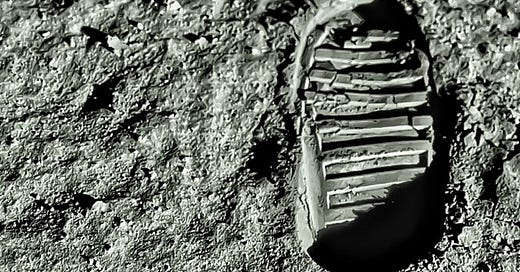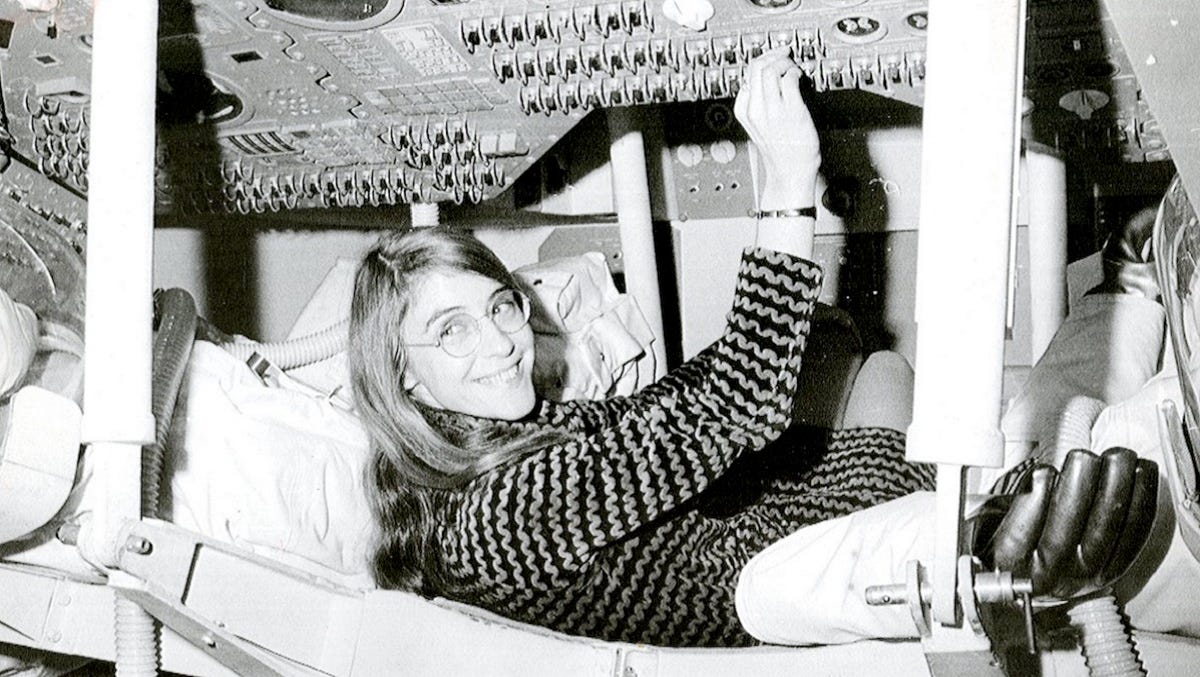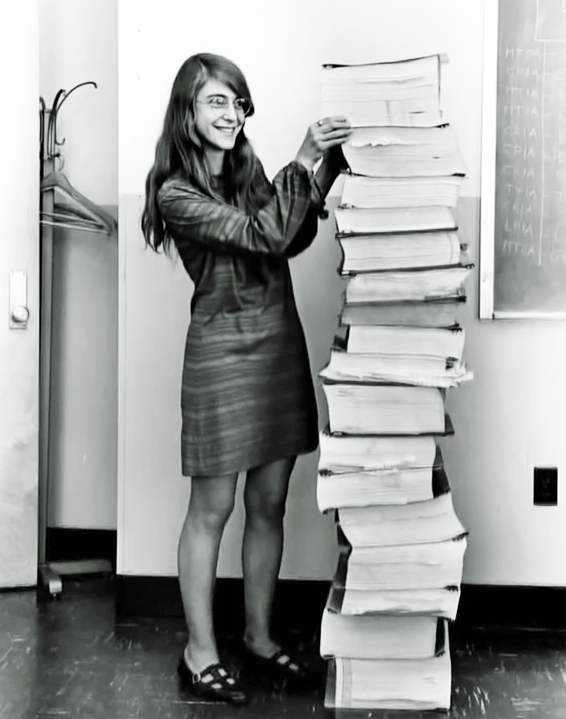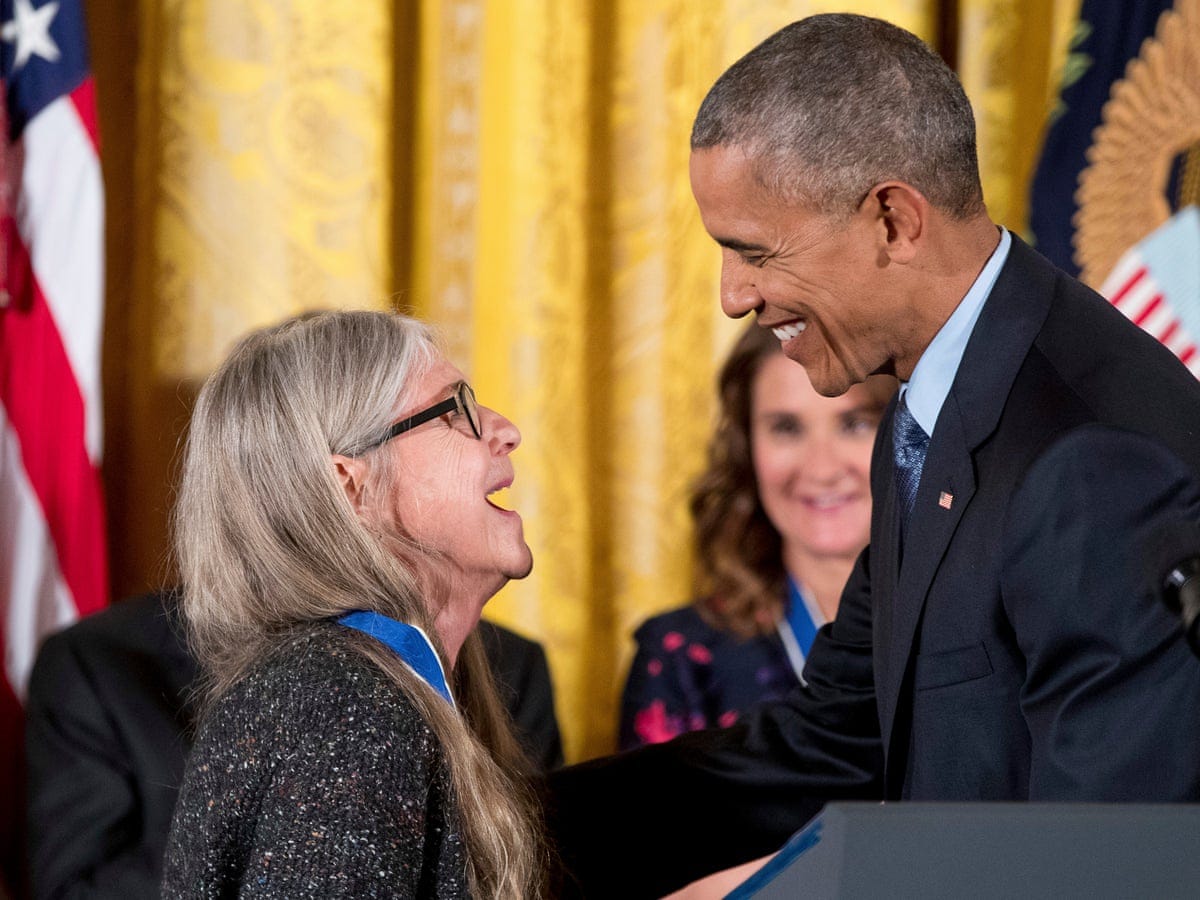The Woman who Engineered The Men to the Moon
Back after a short hiatus. We begin with a moment in our history when Man's biggest expedition to the moon almost got aborted.
Hello Folks! I’d decided to take a break for a month. Just like that. All is well at my end and I do trust you and your families have been keeping safe in the interim.
Sixty Seven #1MinuteStories till this one. The one month gap was just timely. A whole new line up of authentic stories from science, movies, business, financials and so much more coming up.
Welcome to all the new joinees and subscribers and for the rest of you who’ve been in this journey - lets story on!
Meanwhile, 1MinuteStories has found a voice on Mentza. It is an incredible, social audio app focussed on learning and growth. The sessions are limited to just 20 minutes. So one cannot faff. And all the recordings of the previous sessions are available. Do check it out. Download here on to your mobile. #1MinuteStories goes live for 20 minutes every Tuesday, 19.30 pm IST with a brand new story.
And, now for that 68th story..
Exactly at 17:44:00 UTC on July 20th 1969, Buzz Aldrin and Neil Armstrong began their lunar descent in the ‘Eagle’ - the lunar module of Apollo 11 spacecraft. Five minutes into the descent, 6000 feet above the surface of the Moon, the guidance computer triggered an alarm.
The first one was followed by several other alarms. They were three minutes away from landing on the surface of the moon. It was the most critical juncture of the mission.
For those few moments, man’s first ever moon landing was all set to get aborted.
In the many months leading up to the launch of the Apollo 11 expedition, as the leader of team building the software for the entire lunar mission, Margaret Hamilton had exactly imagined this situation. In her own words:
‘What if there was an emergency that came up and we had to let the astronaut, and also the mission control know that it is an emergency, and so I realised I could come up with a solution for that…and be able to have our software displays interrupt the astronaut displays and basically take away what he is working on and replace it with priority displays. To let him know that there is an emergency and give him a choice of what to do…’
The use case she imagined actually happened. As soon as the normal hardware programs went buzzing - the on-board flight software immediately kicked in to action. It interrupted the normal display of the astronauts with priority alarm displays. Like Hamilton had said - it was a moment of emergency when the decision had to completely shift to the astronaut on board and to the mission control team. To enable them to assess and take the go/no-go decision. One of the engineers at the mission control immediately understood what the priority displays meant - and he shouted - ‘GO. GO. GO’ to Armstrong and Aldrin.
The astronauts followed his command. They did not abort the mission. And safely landed on the moon. The rest was, well, history.
The cause of the alarms was discovered a little later. The astraonauts had kept the rendezvous radar switch open, causing the computer to process data from both the rendezvous and landing radars at the same time. This caused an overflow of information into the guidance computer which sent out alarms because it could not complete all the tasks in real-time. There was no other danger. If the astronauts and the mission control had to rely only on their normal displays at that time - they would have had to let the system abort the mission. The priority displays set up by Hamilton, forced the correct decision to be made.
‘To blame the computer for the Apollo 11 problems is like blaming the person who spots a fire and calls the fire department. Actually, the computer was programmed to do more than recognize error conditions….The software's action, in this case, was to eliminate lower priority tasks and re-establish the more important ones. The computer, rather than almost forcing an abort, prevented an abort. If the computer hadn't recognized this problem and taken recovery action, I doubt if Apollo 11 would have been the successful Moon landing it was’
Margaret Hamilton, was the engineer on ground who ensured the astronauts in Apollo 11 made that historic landing on the moon and safely come back. Hamilton and her team wrote the code for Apollo 11’s in-flight software. She won the NASA Space Act Award for her work on the Apollo 11 moon mission. The code she wrote has been recognized as the ‘foundation for ultra reliable software design’
Margaret Hamilton, with the software code she wrote that sent man to the moon
When Margaret was working in MIT in the early 60’s she jumped at the opportunity to be a part of NASA’s biggest mission - to take humanity to the moon. She was put in charge of developing the in-flight software. The 60’s were a time when software was a mystery - a black box for everyone including the top management. Margaret and her 20-something team were given complete freedom to design things that had to work right the first time, and the systems had to be ‘man-rated.’
It was an age when software developers lived in our their own world, had their own culture and were seen inferior to the hardware folks. For most of the management, software was like something that would magically appear by folks who were mostly chilling.
Until that seminal moment on Apollo 11 happened and the sheer brilliance of Margaret Hamilton’s far thinking code saved the day for NASA.
Infact, Margaret Hamilton is credited for creating the term ‘Software Engineering’ and the entire discipline around it.
‘When I first came up with the term, no one had heard of it before, at least in our world. It was an ongoing joke for a long time. It was a memorable day when one of the most respected hardware gurus explained to everyone in a meeting that he agreed with me that the process of building software should also be considered an engineering discipline, just like with hardware. Not because of his acceptance of the new 'term' per se, but because we had earned his and the acceptance of the others in the room as being in an engineering field in its own right. ‘
Barack Obama honoring Margaret Hamilton with the Medal of Freedom in 2016
So, the next time, we hear and celebrate Neil Armstrong’s famous line - ‘That’s one small step for a man, a giant leap for a mankind’ - let’s also call out Margaret Hamilton - the woman and software engineer who played the critical role in ensuring Armstrong and Aldrin got to the moon safe and glitch free.
Story Notes
Margaret Hamilton is a software pioneer and icon of our times - not celebrated enough in our popular culture as the other names.
Apart from all the wiki’s this story on Futurism, an interview she did gives a great insight into her work and legacy.








She was a hero behind the scenes, nice story!